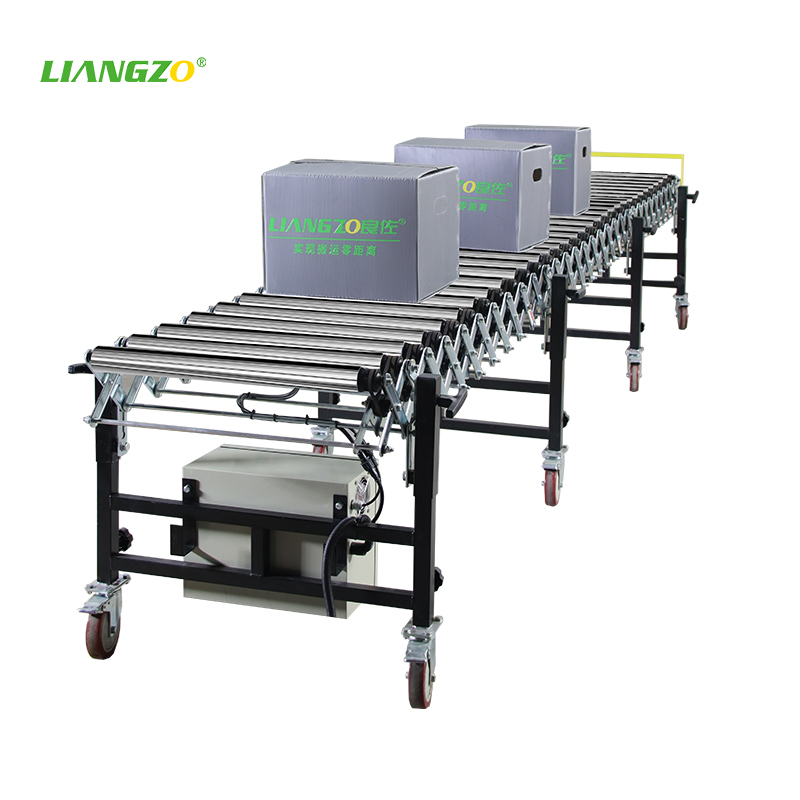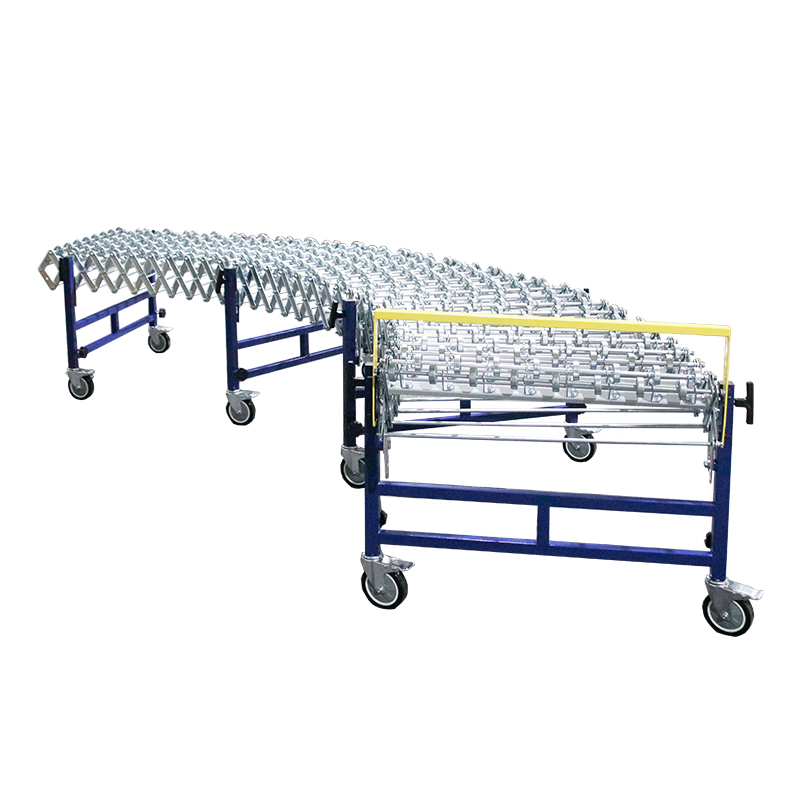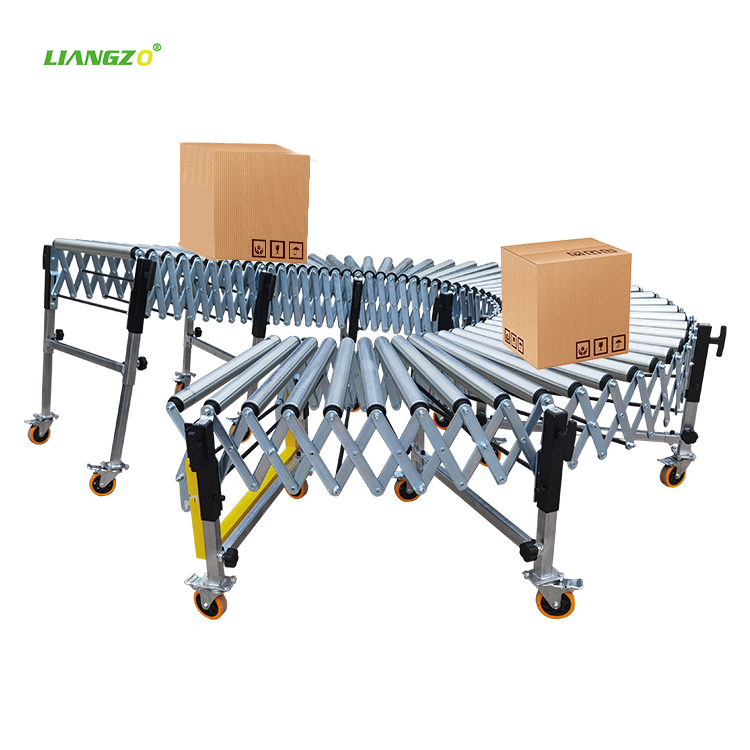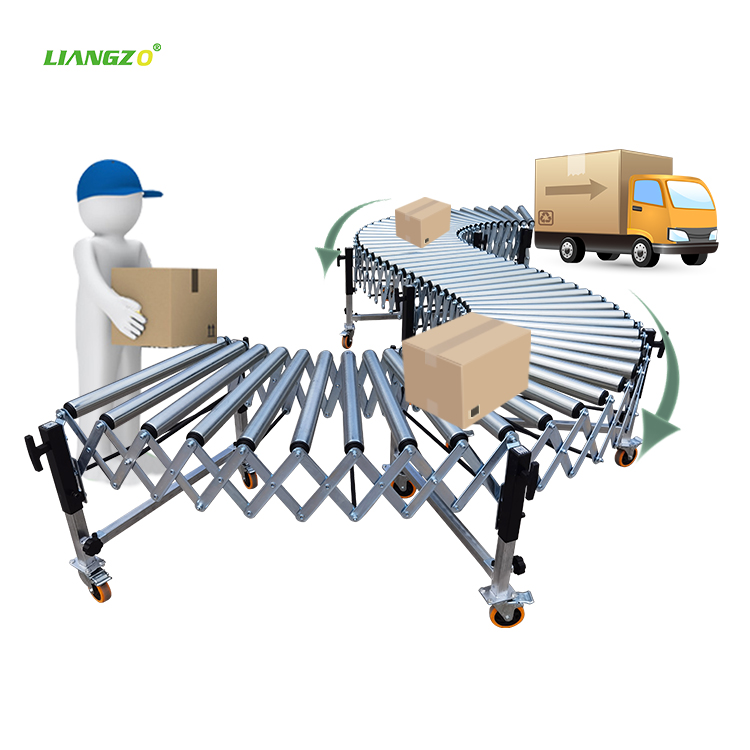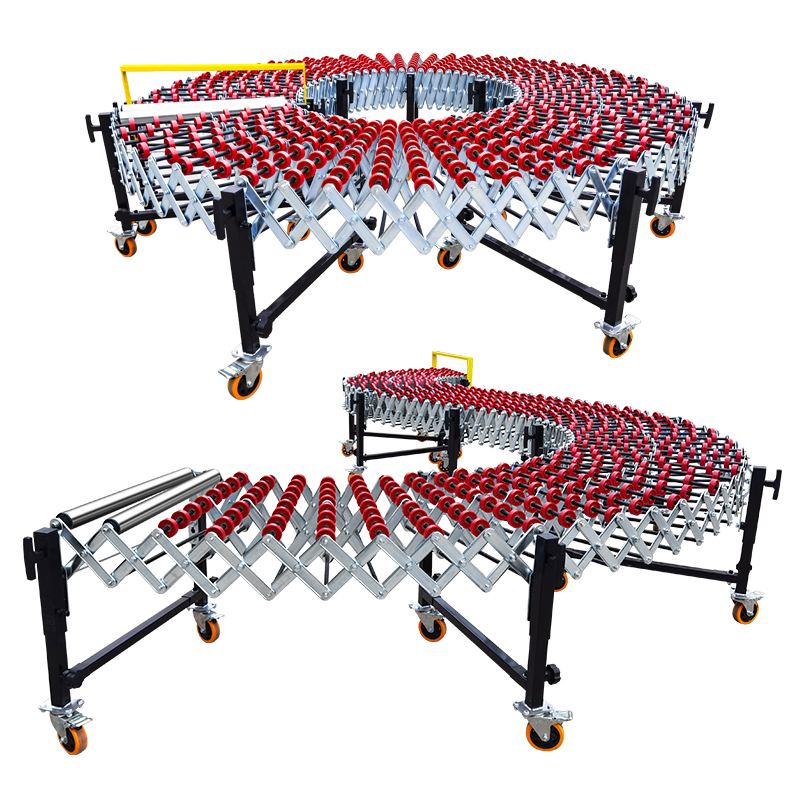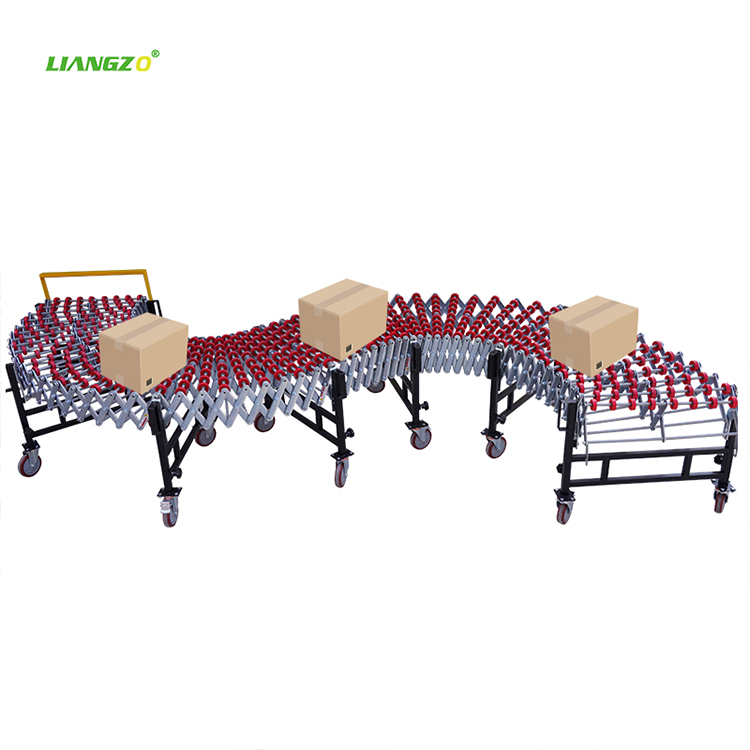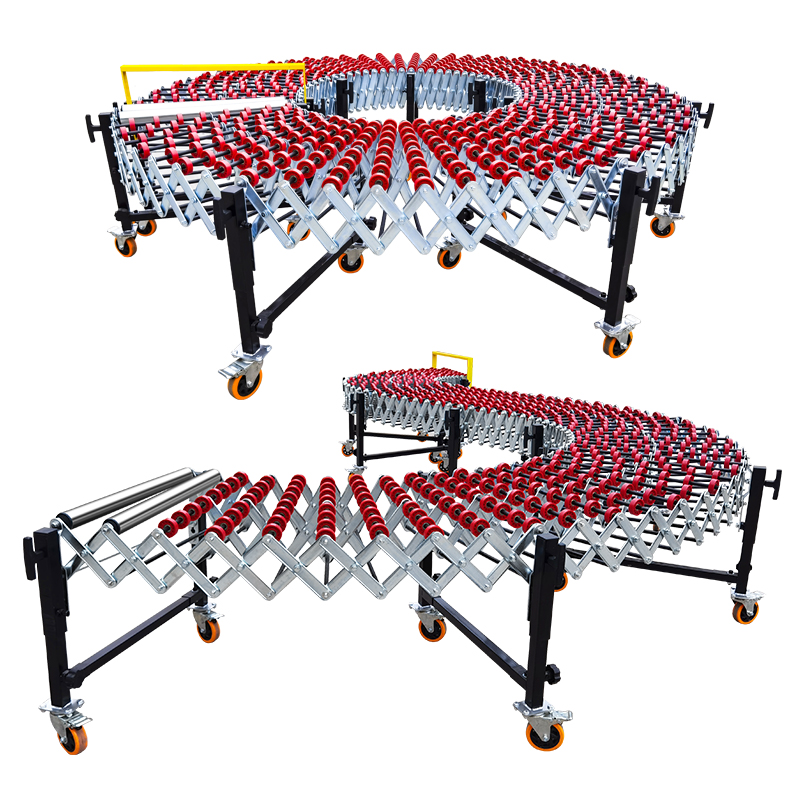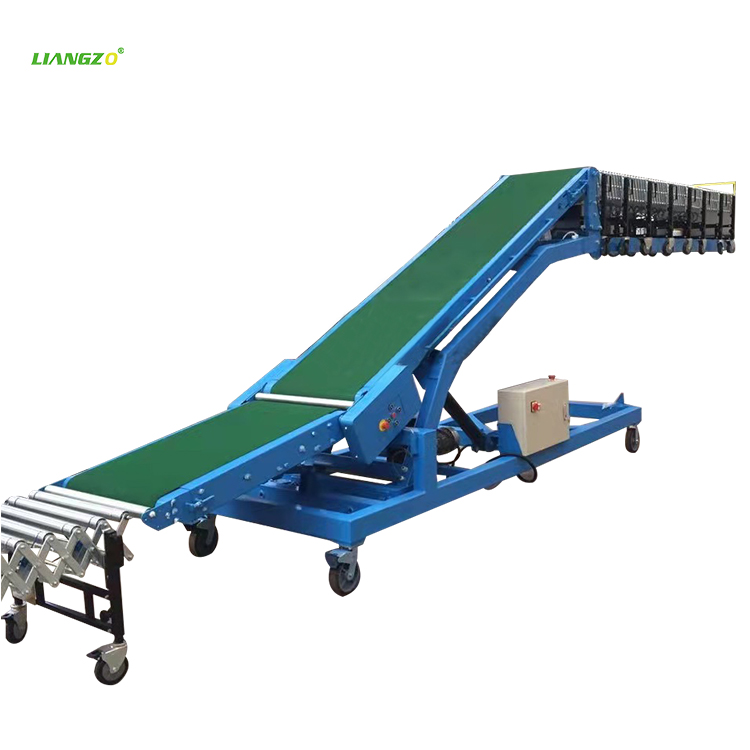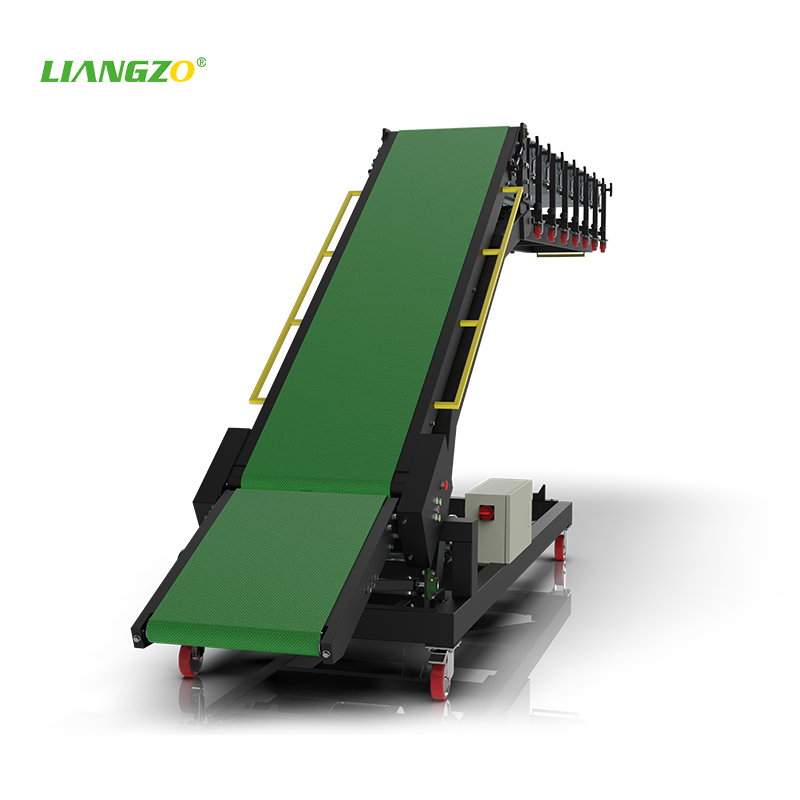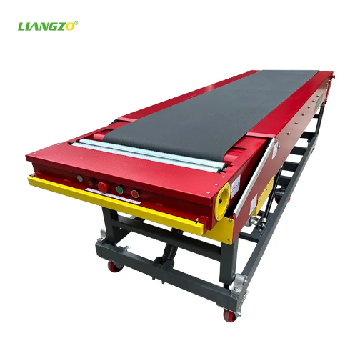Key Considerations When Purchasing Conveyors for Your Independent Station
When setting up a conveyor system for your independent station, selecting the right equipment is critical to ensuring efficiency, safety, and cost-effectiveness. Below are essential factors to guide your purchase:
1. Define Your Needs: Load Capacity and Application
Load Requirements: Determine the maximum weight and dimensions of the items to be transported. For light loads (e.g., 5–80 kg), modular or mini roller conveyors are ideal, while heavy-duty systems like belt or chain conveyors suit larger loads.
Application Scenarios: Consider the environment (e.g., food processing, logistics, manufacturing) and specific tasks (e.g., horizontal transport, climbing, or sorting). For example, telescopic conveyors streamline truck loading/unloading with adjustable lengths and ergonomic designs.
2. Technical Specifications
Speed and Efficiency: Balance speed with durability. High-speed conveyors (e.g., 6,000 mm/min) may boost productivity but accelerate wear.
Material and Design: Opt for corrosion-resistant materials (e.g., stainless steel) in humid or harsh environments. Modular systems allow flexibility in layout, overcoming height differences and complex configurations.
Power and Energy Efficiency: Evaluate motor types (e.g., gear motors, drum drives) for smooth operation and energy savings.
3. Safety and Compliance
Safety Features: Ensure systems include emergency stops, guards, and anti-roll devices. For example, deep V-shaped rollers prevent slippage on inclined conveyors5.
Certifications: Verify compliance with industry standards (e.g., CE, ISO9001) and anti-static requirements for sensitive environments.
4. Maintenance and Durability
Ease of Maintenance: Choose systems with accessible components (e.g., replaceable rollers, modular belts). Daily cleaning and regular inspections (e.g., checking plate thickness) extend equipment lifespan.
Wear Resistance: Prioritize components like hardened steel chains or rubber-coated rollers to reduce downtime.
5. Budget and After-Sales Support
Cost-Effectiveness: Avoid overpaying for brand names. Some mid-tier brands offer comparable performance at lower costs.
Warranty and Service: Select suppliers providing comprehensive warranties (e.g., 3+ years) and prompt technical support. For instance, some manufacturers guarantee on-site repairs within 72 hours.
6. Customization and Scalability
Adaptability: Opt for modular designs that allow future expansion or reconfiguration. Customizable widths (300–800 mm) and lengths (1–6 m) cater to evolving needs.
Integration: Ensure compatibility with existing automation systems (e.g., robotic arms, sorting units).
Conclusion
A well-chosen conveyor system enhances operational efficiency and reduces long-term costs. Prioritize load requirements, technical compatibility, and supplier reliability. For tailored solutions, consult suppliers offering customization and robust after-sales services.
(Note: For detailed technical specifications or supplier options, refer to the cited sources.)


